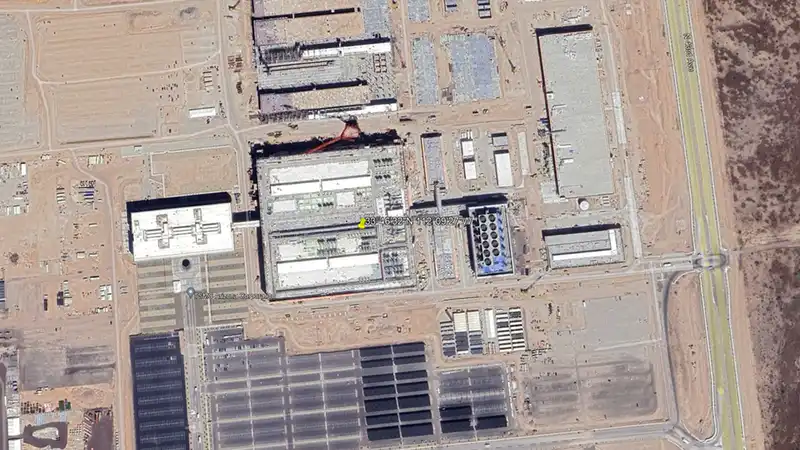President Biden signed a preliminary agreement with TSMC, the world's largest chipmaker, to provide billions of dollars in CHIPS funding to the Taiwanese company. In return, TSMC pledged to manufacture high-performance computer chips in the U.S., including a brand new third plant that will use the latest lithography technology to produce the most powerful processors. [TSMC's renewed commitment to the U.S. and investment in Arizona represents a broader story for U.S.-made semiconductor manufacturing, with the strong support of leading U.S. technology companies to make the products we rely on every day," said President Biden.
"... . semiconductor manufacturing and jobs are coming back.
TSMC is primarily based in Taiwan, where most of its fabs are located, but has already begun construction on a fab facility outside of Phoenix, Arizona. According to the U.S. Department of Commerce, the facility is expected to be operational by early 2025 and will produce 4nm chips.
The progress of its first fab, Fab 21, can be seen from satellite photos of the site in the interactive map below.
TSMC's second US fab will come online around 2028 and will produce both 3nm and 2nm chips.
Finally, a recent addition includes another third fab facility that will produce 2nm or more advanced process technologies "depending on customer demand." However, it may be some time before this fab becomes operational. [The funding proposed from CHIPS and the Science Act will provide TSMC with the opportunity to make this unprecedented investment and provide foundry services for the most advanced manufacturing technology in the United States," said TSMC Chairman Dr. Mark Liu.
Overall, the three fabs should seriously strengthen U.S. domestic chip manufacturing capabilities and move away from dependence on Taiwan for advanced computer chips.
Another beneficiary of the CHIPS Act is Intel. The company produces many of its own chips in its own factories and currently operates several factories in the United States. Intel, aided by $8.5 billion in CHIPS Act funds, is planning major expansions at several of its factories. However, it still lags behind TSMC. Intel's plan is to rapidly develop multiple process nodes, each catching up by leaps and bounds over the last. While one might think that Intel would not appreciate its main competitor, a company of Taiwanese origin, getting a big cash grab from the U.S. government, Intel itself uses TSMC to manufacture many of its chips, including the Arc GPU.
Finally, Samsung, the third largest player in global semiconductor manufacturing, is also building a facility in Texas that will likely bring in CHIPS Act money ($6 billion).
Overall, the U.S. plan to shift some of the world's semiconductor production from Asia to the United States appears to be working. It just needed to start putting money in the right direction.


Comments